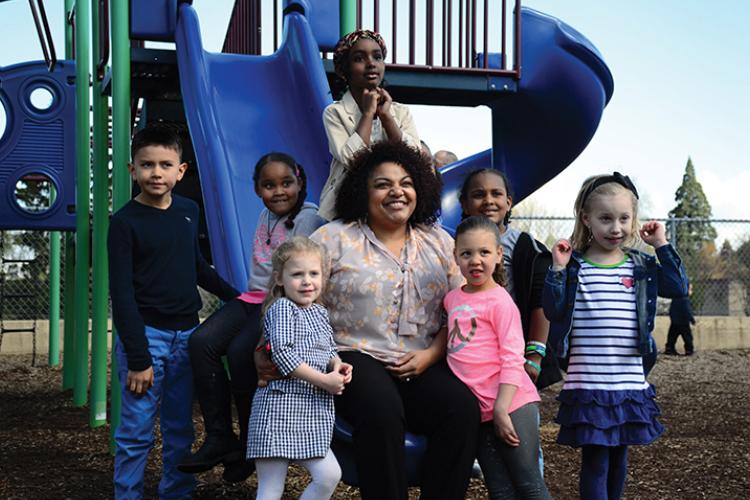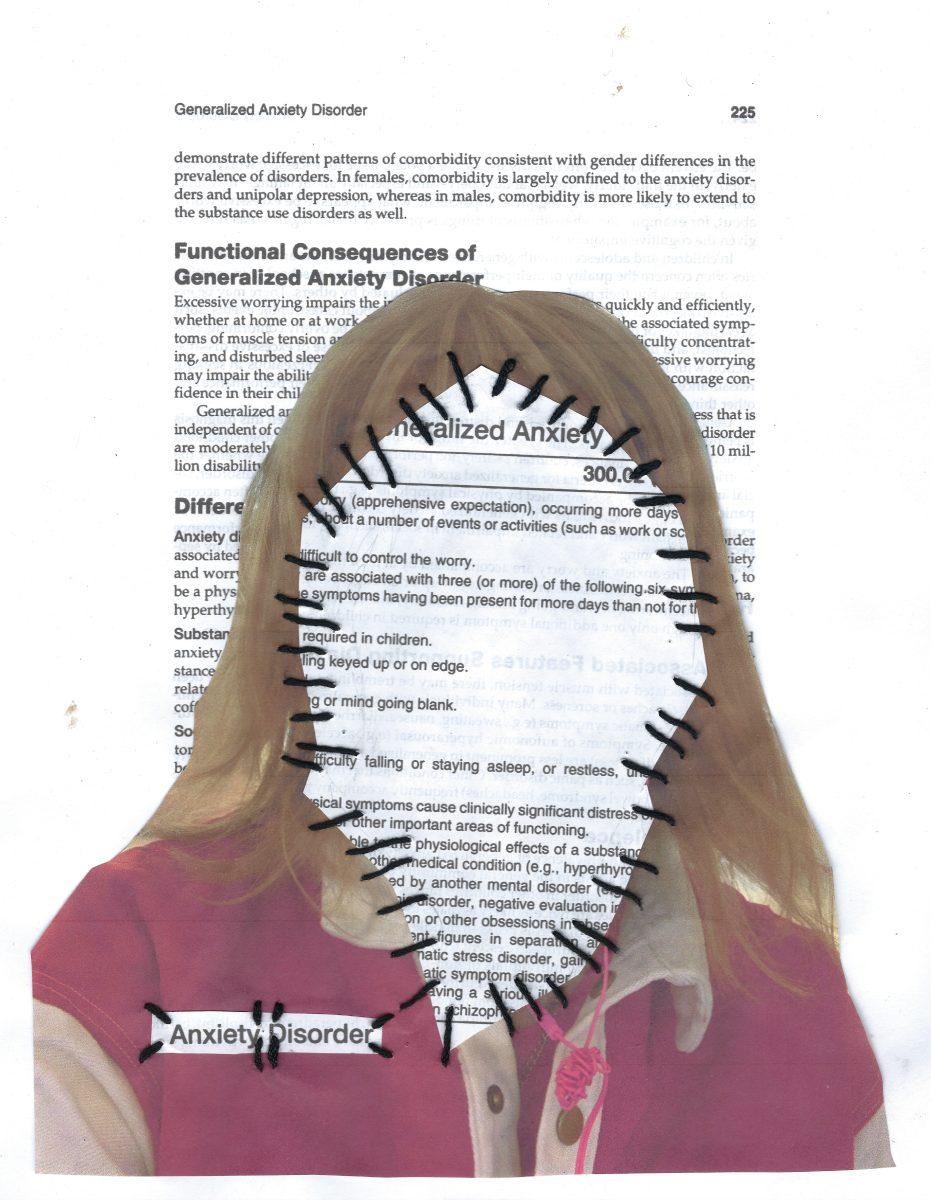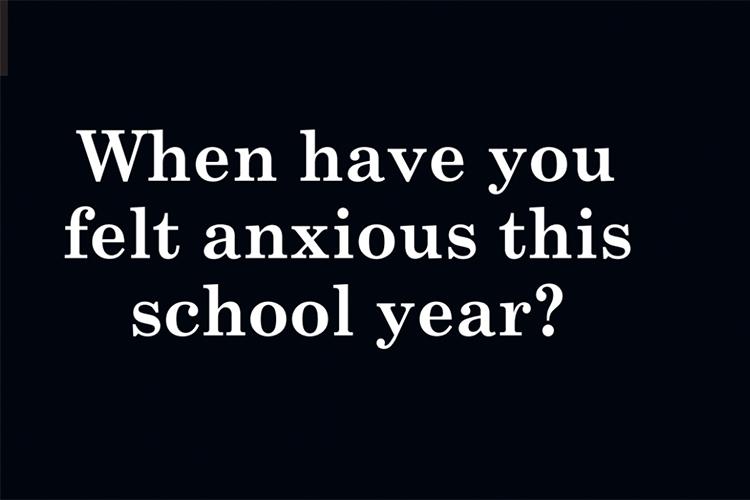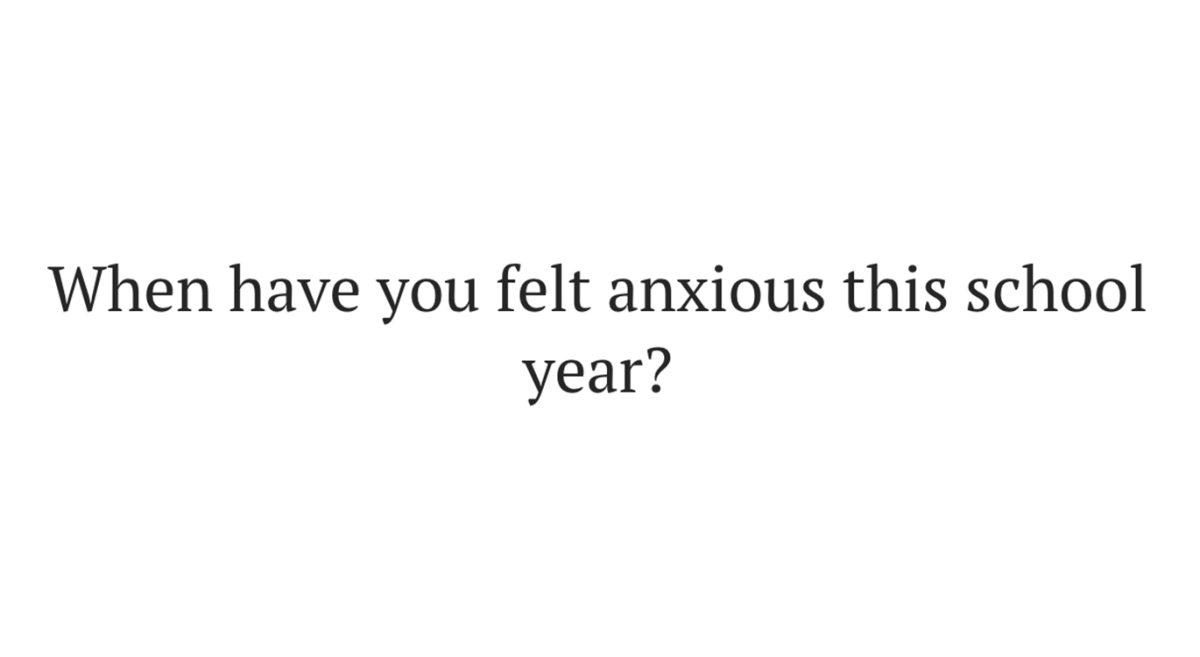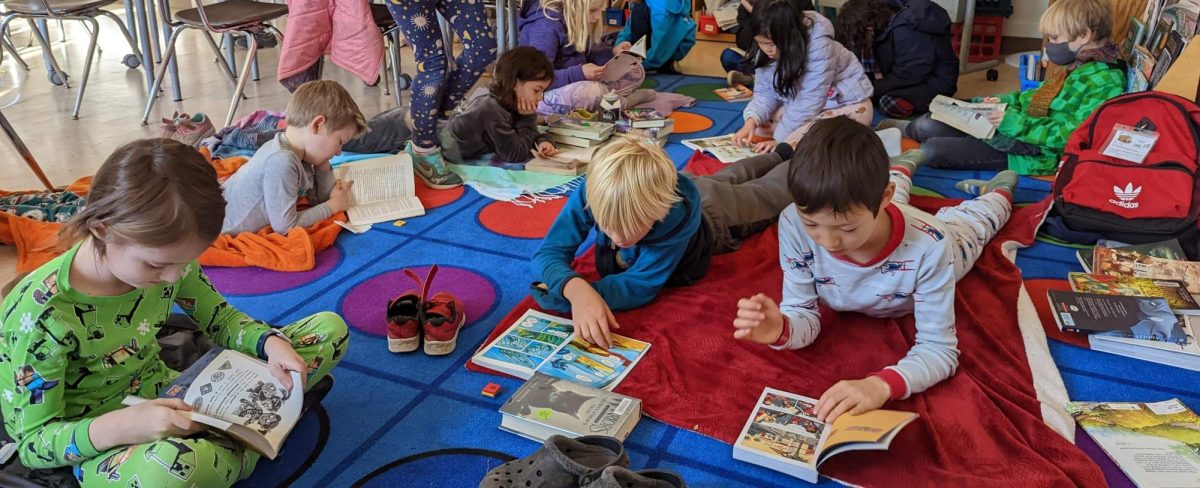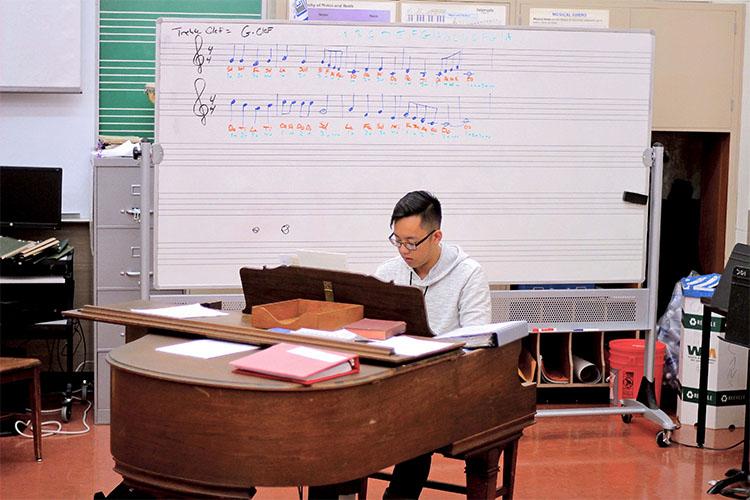Pass any student in the hallways, or on the street, and one is likely to encounter someone experiencing some sort of anxiety. For many, school brings up a pool of anxiety-ridden activities. From homework to tests to daily social situations, there is a constant stream of stress-inducing events.
Over the past few decades, anxiety among youth has steadily risen. Researchers from the National Survey for Children’s Health found a 20 percent increase in anxiety diagnoses between 2007 and 2012 for those aged 6–17. According to Psychology Today, 25 percent of teenagers have some sort of anxiety. And about six percent of these cases are severe diagnosed anxiety disorders, meaning they are likely debilitating to those students’ daily lives in some form.
Anxiety is slowly becoming a normalized part of life. Instead of being treated or even diagnosed, it is often ignored not only by parents and teachers, but by students themselves. Stress is so deeply embedded into the culture of school that it is easy to brush off as completely normal. According to the Anxiety and Depression Association of America, nearly 40 percent of anxiety disorders go untreated.
“With everything that Grant students do … it becomes very overwhelming, so trying to balance your time, maybe having to give something up for something you love, just being mindful of all of that,” says Zachary Cash, a Grant counselor.
Anxiety is increasingly prevalent among teenagers. According to the Wall Street Journal, between 2009 and 2017, the amount of student 504 plans more than doubled in American public schools among students aged kindergarten through twelfth grade. A 504 plan is a specialized education plan that can be arranged for any child with a legally recognized disability. These plans are created with the intent to reduce some of the stress that school can induce. After talking to members of the student body, it was easy to see that just the simple task of attending school is anxiety-provoking. The environment is filled with constant anticipation of the next test, homework assignment or social event.
“Sometimes I just, like, wake up in the middle of the night and I’m just like thinking about school for some reason,” says sophomore Dylan Diaz. “I could be having a (expletive) awesome dream, and then just for some reason jolt up in the middle of the night and I’m just thinking about homework.”
Over the course of the first month of school, an anonymous survey was sent out to students of all four grades asking them to share a time they had felt anxiety during or about school. With 128 replies, the majority of students surveyed recounted anecdotes of anxiety over homework, parents, tests, not enough time or even too much time to themselves.
Oftentimes, students suffering from anxiety may feel alone which can increase the stress on their mental health. “We tend to isolate ourselves and become an island, and there’s something reassuring in knowing that somebody may share in your struggle,” says Cash.
Instead of finding several students to personally interview about their experiences with anxiety, Grant Magazine wanted to give all students an opportunity to anonymously share their own stories. We do not intend to exaggerate or dramatize any kind of anxiety and want readers to be able to relate to the quotes shown. We hope students are able to connect and empathize with some of the student body’s anxieties listed on the next two pages.
Survey responses have been edited and condensed for clarity.










